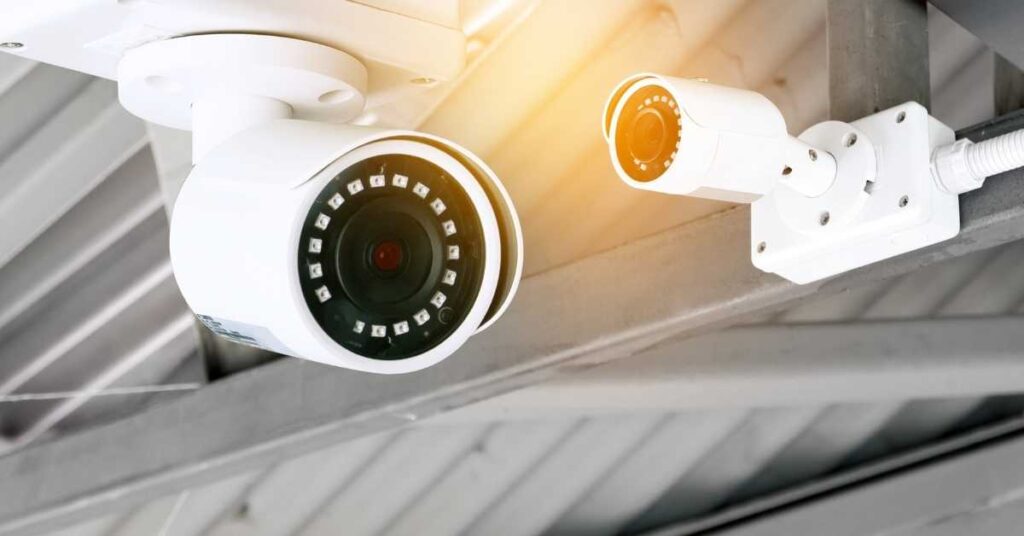
Security cameras have become a ubiquitous part of contemporary life, security cameras installation serving as silent sentinels that safeguard properties, deter crime, and provide invaluable evidence in legal proceedings. Their evolution, technological advancements, and societal impact underscore their significance in enhancing security and providing peace of mind.
Historical Perspective
The concept of surveillance through cameras dates back to the mid-20th century. The first documented use of closed-circuit television (CCTV) was in 1942 by Siemens AG in Germany to observe the launch of V-2 rockets. However, it wasn’t until the 1960s that CCTV systems began to be used more broadly for security purposes, particularly in public spaces and high-risk areas.
Technological Advancements
The technological advancements in security cameras over the decades have been staggering. Early CCTV systems were analog, with limited resolution and requiring substantial storage space for video recordings. Today’s security cameras, however, boast high-definition (HD) and ultra-high-definition (UHD) capabilities, offering crystal clear images and videos.
Key innovations include:
- Digital and Networked Cameras: Transition from analog to digital has revolutionized the industry. Networked or Internet Protocol (IP) cameras offer superior resolution, remote access, and easier integration with other security systems.
- Wireless Technology: Modern wireless security cameras are easy to install and can be placed virtually anywhere within range of a Wi-Fi signal. This flexibility makes them ideal for both residential and commercial applications.
- Smart Features: Integration with artificial intelligence (AI) has endowed security cameras with smart features such as motion detection, facial recognition, and behavioral analysis. These capabilities enhance their effectiveness in identifying potential threats and reducing false alarms.
- Cloud Storage: Storing footage in the cloud has made data management more efficient. Users can access video feeds in real-time from anywhere in the world, and cloud storage provides robust data backup against tampering or physical damage.
- Night Vision and Thermal Imaging: Modern security cameras are equipped with infrared (IR) LEDs for night vision, and some advanced models use thermal imaging to detect heat signatures, making them effective even in complete darkness.
Applications in Various Sectors
Security cameras are indispensable across a variety of sectors:
- Residential Security: Homeowners use security cameras to monitor their property, deter burglars, and keep an eye on deliveries or visitors. Smart home systems often integrate security cameras with other devices, such as doorbell cameras and smart locks.
- Commercial Security: Businesses deploy security cameras to prevent theft, monitor employee activity, and ensure customer safety. Retail stores, warehouses, and office buildings rely on extensive surveillance systems to protect assets and maintain operational integrity.
- Public Safety: Law enforcement agencies use security cameras in public spaces to monitor for criminal activity, manage traffic, and enhance emergency response. Surveillance footage often provides critical evidence in investigations and prosecutions.
- Industrial Security: In industrial settings, security cameras help in monitoring processes, ensuring safety compliance, and protecting against industrial espionage.
- Healthcare: Hospitals and clinics use security cameras to safeguard patients, staff, and sensitive areas such as pharmacies and intensive care units.
Privacy Concerns and Ethical Considerations
While the benefits of security cameras are undeniable, their proliferation raises significant privacy concerns. The potential for misuse, unauthorized surveillance, and data breaches necessitates stringent regulations and ethical guidelines. Ensuring transparency about surveillance practices and maintaining a balance between security and privacy are crucial.
Future Trends
The future of security cameras is poised to be shaped by several trends:
- AI and Machine Learning: Continued advancements in AI will enhance the predictive capabilities of security cameras, enabling more proactive security measures.
- Integration with IoT: As part of the Internet of Things (IoT), security cameras will increasingly integrate with other smart devices, creating more comprehensive and interconnected security ecosystems.
- Cybersecurity: With the rise of networked cameras, protecting against cyber threats will become even more critical. Enhanced encryption and cybersecurity protocols will be essential to safeguard video data.
- Advanced Analytics: Big data analytics will allow for deeper insights from surveillance footage, aiding in everything from crowd management to targeted marketing in retail environments.
Conclusion
Security cameras have evolved from rudimentary surveillance tools to sophisticated devices integral to modern security strategies. Their impact spans across various domains, enhancing safety, deterring crime, and providing critical evidence. As technology advances, the capabilities of security cameras will continue to grow, promising even greater contributions to security and peace of mind. However, navigating the balance between surveillance and privacy will remain a pivotal challenge in the years to come.



